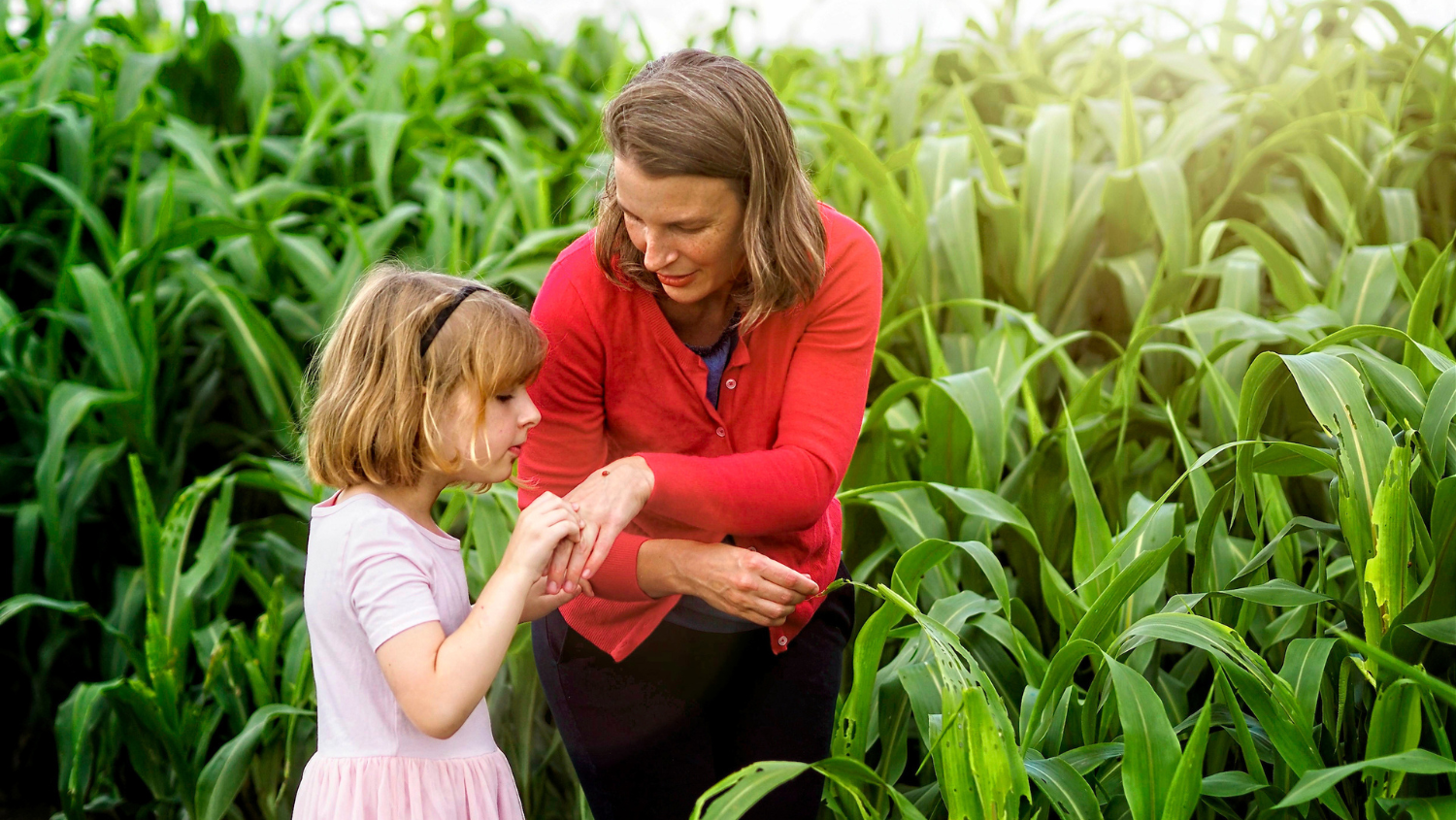Improving Children’s Connection to Nature Requires More Than Just Language Changes

The content and structure of elementary students’ environmental education programs seems to be more important in developing their connection to nature than the specific language used within those programs. A new study suggests that the emphasis on shifting from using ‘nature’ versus ‘outdoors’ may not be as important as previously thought to creating the most effective outdoor education programs for children.
Previous research found that the word ‘nature’ can carry a negative connotation of elitism with adults. This led to campaigns promoting the use of ‘the outdoors’ instead, due to its more neutral connotation. However, until now, no studies have looked at whether this word shift makes a difference to children and their connection to nature.
“Examining how diverse groups of students respond to language around nature, such as ‘nature’, ‘outdoors’, and ‘outside’, can ensure programs and associated measurement tools resonate with broad audiences,” says Julianne Reas, co-author to the study and 2022-23 Global Change Research Fellow.
Researchers surveyed 4th-5th grade elementary students in Wake County, North Carolina. Students were asked to answer open-ended questions and rate their thoughts and feelings about the words ‘nature’ or ‘the outdoors’. Researchers then analyzed the answers for differences to determine if students’ connection to nature was influenced by using different words.
Researchers found that childrens’ connection to nature did not seem to be affected by using different terms like it does to adults. However, the types of emotions associated with each term were different. Specifically, girls and boys had measurable differences in emotional responses between the terms. Girls tended to associate ‘nature’ with comfort and calm, while they associated ‘the outdoors’ with physical activities.
“Practitioners aiming to create programming that promotes both mental and physical health benefits may be able to do so by recognizing the gendered ways kids might be showing up, or not showing up, to these spaces,” says Reas.
Everyone’s lived experience is different, which is why it’s important that more research is devoted to responses to terms in nature-based contexts, especially among different age groups. Future research should also look at how language might influence other outcomes besides connection to nature–all with the goal of improving environmental education for everyone.
The paper, “Nature or the outdoors? Understanding the power of language in elementary students’ self-reported connection to nature,” was published in Environmental Education Research in February, 2024. The paper was co-authored by Kathryn Stevensen, Lauren Gibson, Justin Beall, and Lincoln R. Larson from NC State University.
This research was supported by the U.S. Geological Survey’s Southeast Climate Adaptation Science Center.
This post was originally published in SE CASC.
- Categories: